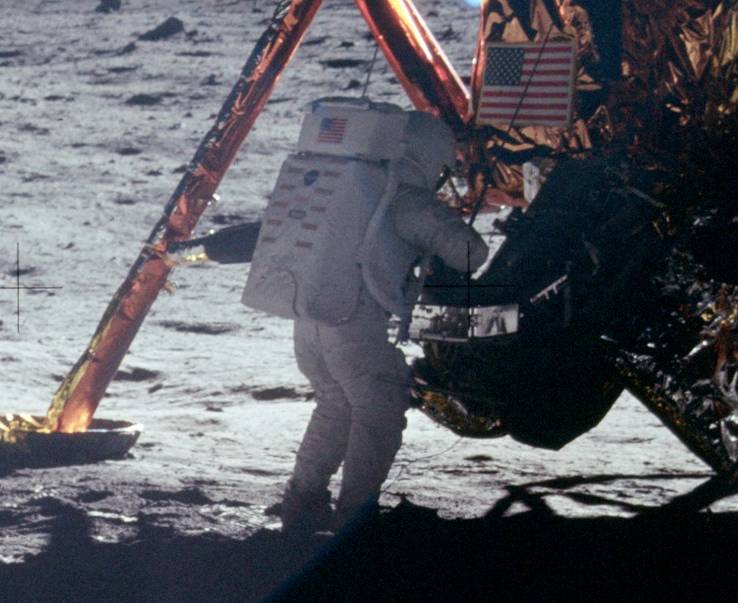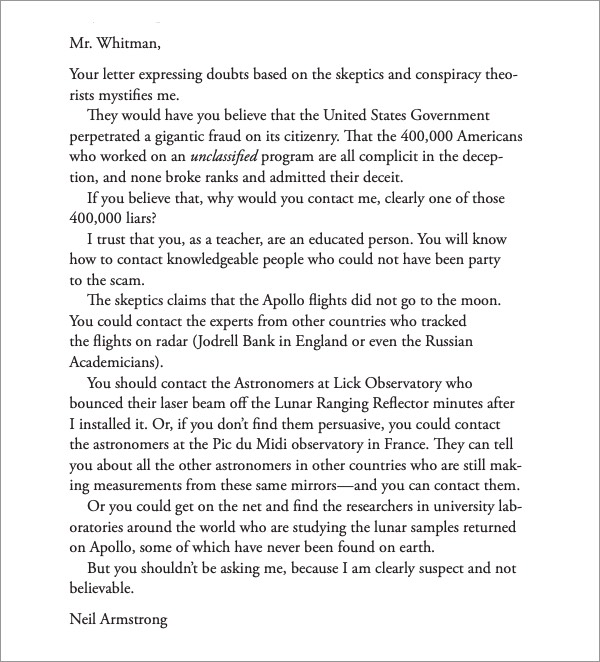When David Bowie invited Chic guitarist and all-around funk/disco guitar genius Nile Rodgers to make an album of “hits” in Switzerland, Rogers remembers thinking, “okay, ‘hits’ with David Bowie, that’s an awesome project.” The way he deadpans might make us think he wasn’t super stoked about it, but the fact is, it’s hard to impress Nile Rodgers. He has produced, written, and played guitar—the very Stratocaster he’s holding in the video above—on “hundreds, maybe thousands” of records, he says. What’s one more, with one more superstar?
The album, it turned out, would become Let’s Dance, runner-up to Thriller for album of the year in 1984, containing such danceable hits as the title track, “Modern Love,” and “China Girl.” It was to be Bowie’s best-selling album—as he described it, “a rediscovery of white-English-ex-art-school-student-meets-black-American-funk.” He certainly brought the first part of that equation, a tune he strummed for Rogers on his 12-string acoustic that “sounded like folk music to me,” the guitarist says.
“Since I knew David loved jazz and he understood the vernacular, I said to him, ‘David, can I do an arrangement of this song?’” (What he has remembered saying elsewhere is much funnier: “I come from dance music. You can’t call that thing you just played ‘Let’s Dance.’”) Rodgers shows how he substituted and moved Bowie’s chords, giving the song its distinctive voicing. “Running away from funk because of the whole disco sucks thing,” Rodgers says, he simplified his strumming, letting a delay effect “make the groove.”
While he may not have gone into the experience expecting much more than the usual hit-making collaboration, the experience, “changed my life,” he says, “it changed David’s life, and we wound up working together on another five projects over the next five years.” In an NPR interview last year, Rogers debuted the first demo of “Let’s Dance” with Bowie singing over his new arrangement. You can hear just above.
The video at the top is part of Fender Guitars’ educational series, so Rodgers wraps up with an essential takeaway for guitarists about the importance of “good theoretical knowledge,” the basis of his “Let’s Dance” transformation from folk to jazz to New Wave post-funk. Sadly, we cannot hear from Bowie himself or from his other famous guitarist-collaborator on “Let’s Dance,” Stevie Ray Vaughan. But Bowie also credited the Texas legend for helping him access his inner American to create music, as he once observed, with a “European sensibility, but owed its impact to the blues.”
via Boing Boing
Related Content:
David Bowie Became Ziggy Stardust 48 Years Ago This Week: Watch Original Footage
David Bowie Picks His 12 Favorite David Bowie Songs: Listen to Them Online
Josh Jones is a writer and musician based in Durham, NC. Follow him at @jdmagness




